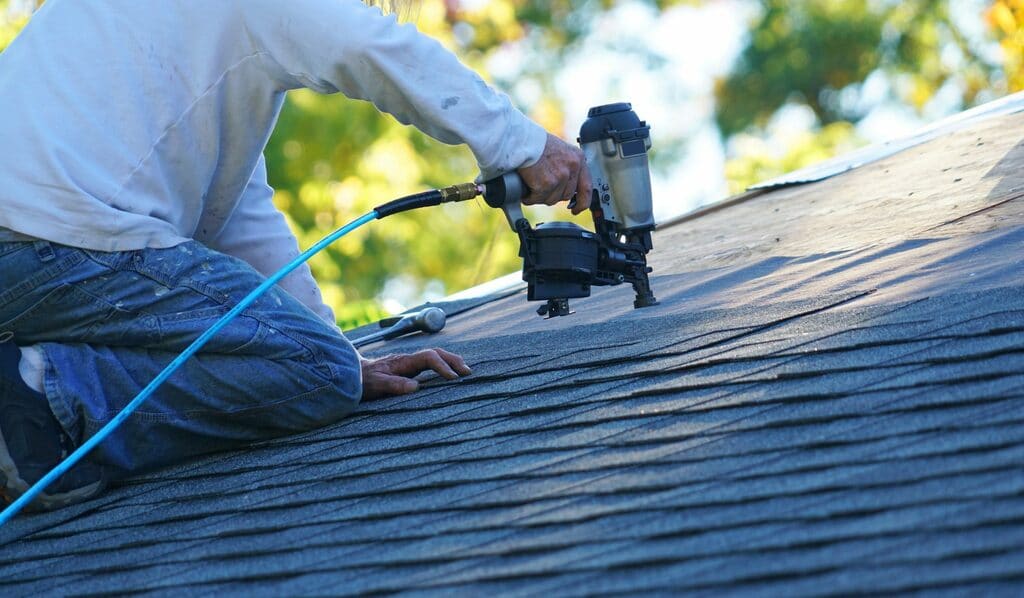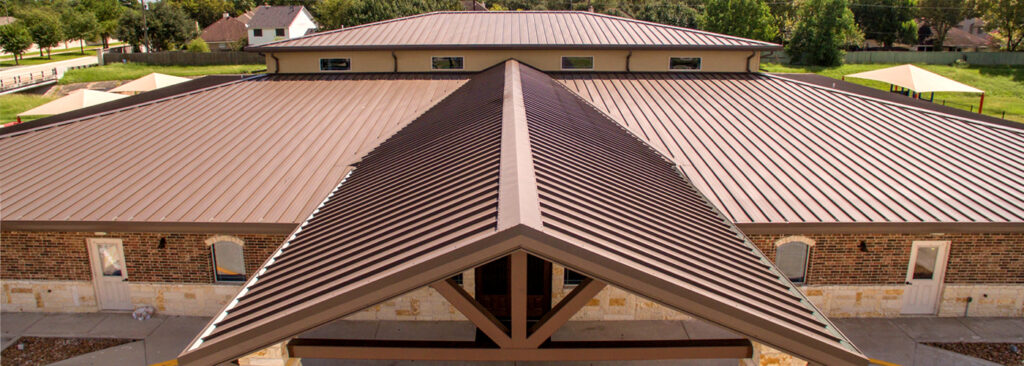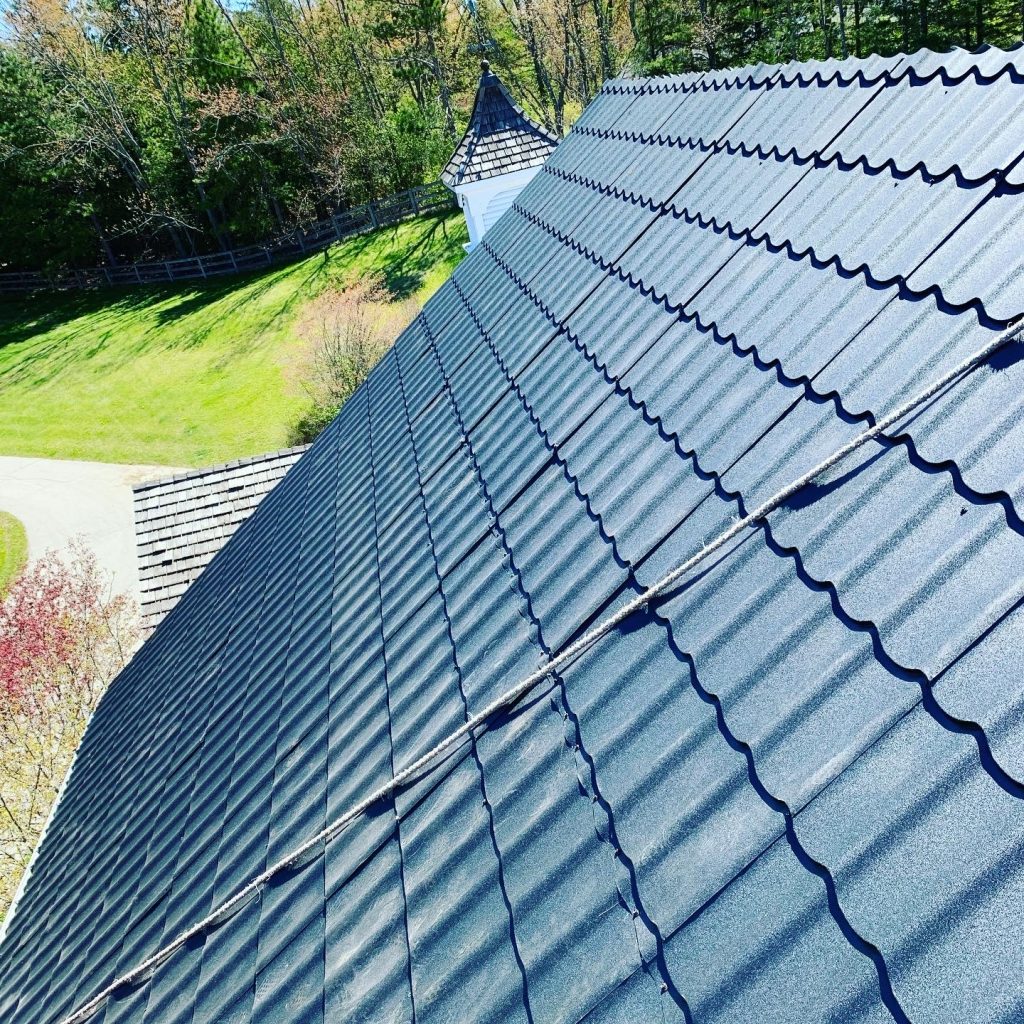In the past, people had very few choices for roofing materials. But nowadays, various shingles are available in the roofing sector, including metal, synthetic materials, and asphalt. Roofers in Brampton use creative strategies and learn about new technologies and procedures to provide the best services.
Although having alternatives is a good thing, it may be challenging to decide which roofing shingles are ideal for your house, climate, and budget. In this comprehensive guide, we’ll examine the roofing shingle varieties. Use this advice to make an informed decision about your roof replacement and eliminate any uncertainty.
Top 5 Roofing and Roofing Repair Materials for Rooftops
Homeowners consider various factors when selecting a roof for their house roof repair. They look for many factors, including long life expectancy, affordability, rising property values, weather resilience, eco-friendliness, ease of upkeep, etc. Read further to see which of these five roofing materials meets your most important requirements.
Section 1: Asphalt Shingles
Asphalt shingles are one of the most used roofing materials used in Brampton. This material is favored because it is particularly effective in climates and environmental conditions. The initial costs might vary greatly depending on your location, but they have a finite lifespan and need replacement after around 20 years. These shingles are something that homeowners in areas or climates where hail is frequent may want to consider installing.
It’s crucial to routinely inspect an asphalt roof to keep it operating at peak efficiency. Inspection by Roofing Contractors, whether done once or twice a year, ensures that your asphalt shingle roof lasts as long as possible. It’s an opportunity to clean up any debris from your roof and gutters. The life of your asphalt shingles will affect if wet debris is left on your asphalt roof. So it’s essential to do regular maintenance to maintain your roof in top condition.

Section 2: Metal Roofing
The use of metal for roofing is a popular trope in residential and commercial construction projects. Many homeowners choose metal roofing over standard asphalt shingles since it has several advantages over the latter.
Compared to other solutions today, a metal roof offers a distinctive and lovely solution for safeguarding your property. A metal roof has uses in shield structures, such as gazebos, sheds, cottages, and garages, from inclement weather. It is Canada’s most common roofing option.
Finding a roofing option that is as adaptable, strong, and long-lasting as a metal roof while still adding a touch of enduring elegance and security to a home is challenging.
The required square footage determines how much a metal roof will cost. Then the installation cost is included in the roofing project’s overall cost. You can request specific quotes from a reputable and knowledgeable metal Roofing Company. Keep in mind that the quality of the installation will have a big impact on how long your metal roof lasts.

Section 3: Tile Roofing
Today’s market offers several options, including tile roofing. The amazing thing about tile roofing is that, in addition to its visual appeal, people frequently choose it for its sturdiness and strength. There have been tile roofs since clay tiles were utilised in China around 10,000 BC. Later, the tradition expanded throughout the Middle East and other regions of the world.
Slate-fired clay or terracotta goods, ceramic, and other materials commonly make roof tiles. But, because of technological improvements, tile roofing may now be made from many materials, including metal, coloured concrete, bitumen, and polymer sand.
A tile roofing system is a particular kind of roof installation that needs a skill set and a lot of expertise. At the bottom of the roof and anchoring the first row of tiles to the roof deck, successive rows of tiles are placed over the first until the roof is completely covered. Roofers near me know the best techniques for making a tile roof.
Section 4: Wood Shake Roofing
The term wood shake describes a type of wood roofing material made by cutting thin rectangles from a timber log. Wood shake and wood shingles are two different forms of wood roofing materials. Wood shakes are often thicker than shingles because they are manually split on one side and sawed on the other. Each wedge-shaped piece is attached to a roofing deck separately. A wood shingle roof will appear considerably smoother and more homogeneous.
A wood shake roof will appear more natural and rustic. Although superior options, such as slate and metal roofing, are now readily accessible, many homeowners still prefer a hardwood shake roof because of its natural charm. Some luxurious mansions choose its rustic appearance to go with homes with country-style construction. Despite their aesthetic benefits, they are less advice for those searching for a low-maintenance roofing solution. Besides its long history and potential as the oldest roofing still in use, wood continues to be one of the most misunderstood building materials.
Section 5: Flat Roofing
More and more house and business owners are learning about the benefits of flat roofing. A horizontal or level base attached to a home or structure’s ceiling joists serves as the foundation for flat roofing. The pitch of a roof is its incline. In contrast to sloping or pitched roofs, flat roofs are essentially flat. A flat roof has a slope of roughly 10 degrees, so it isn’t completely flat. Commercial structures have flat roofs, including retail centers, warehouses, major department shops, condominiums, apartment complexes, and manufacturing facilities. This is because of the size difference between commercial and residential buildings, which is rather substantial.
Consider what it would take to install a sloping roof on a structure the size of a department store. It is easy to maintain and provides more room for ventilation, heating, and air conditioning systems. There are so many buildings with flat roofing near me.

FAQs:
Q: What are the different types of roofing materials available?
There are distinct materials and each has its own advantages and disadvantages. Some examples are clay tile, metal shingles, wood shakes, and asphalt composite shingles. If you want to replace your current roof you can take the assistance of commercial roofing contractors.
Q: How do I choose the right roofing material for my home?
You may encounter harsh weather conditions depending on where you are in the nation. Ottawa, for instance, has seen lows below -25 degrees Celsius, brisk winds, and summer highs exceeding 30 degrees. Rather than sticking with your old choice, you should use a more durable or up-to-date roofing material. Choosing materials depending on local weather is crucial since some types may hold up better in harsher situations than others.
Conclusion
In conclusion, let’s discuss the pros and cons of each roofing material we suggested in this guide.
- Asphalt shingles are affordable and can be applied directly over old shingles. But their disadvantage is they have the shortest life span of the roofing materials mentioned in this content.
- Wood Shake Roofing has a longer lifespan than asphalt roofing material and lasts more than 25 years. But the drawback is they are more expensive than other roofing types.
- Metal roofing can last 55 to 6 years which is its advantage. But they are two-three times more expensive than the others.
- Tile Roofing is known to be fire, rooting, and insect resistant. Tile roofing materials need more labor to handle them.
- Flat Roofing is simpler to install and takes less time on a commercial structure. But the installation would require a huge number of extra materials.
Asphalt shingles are the most widely used roofing material, but there are numerous possibilities, each having benefits and drawbacks. Nowadays, there is a dizzying array of alternatives to conventional roofing materials. You can contact Roofers in Brampton to replace your current roof with new roofing material.





